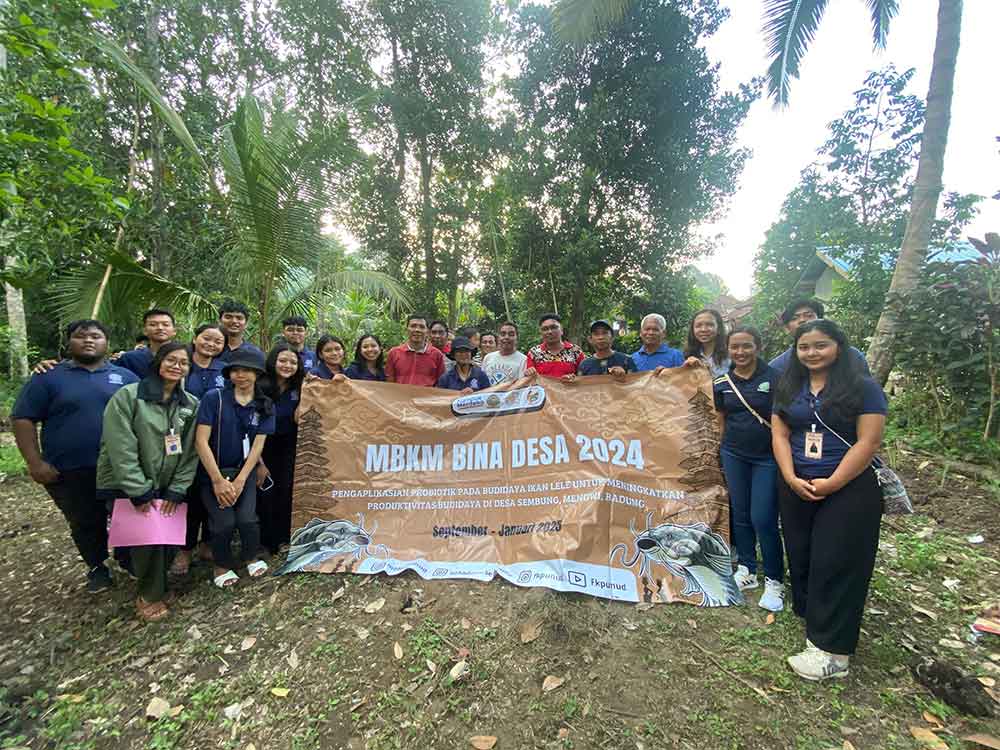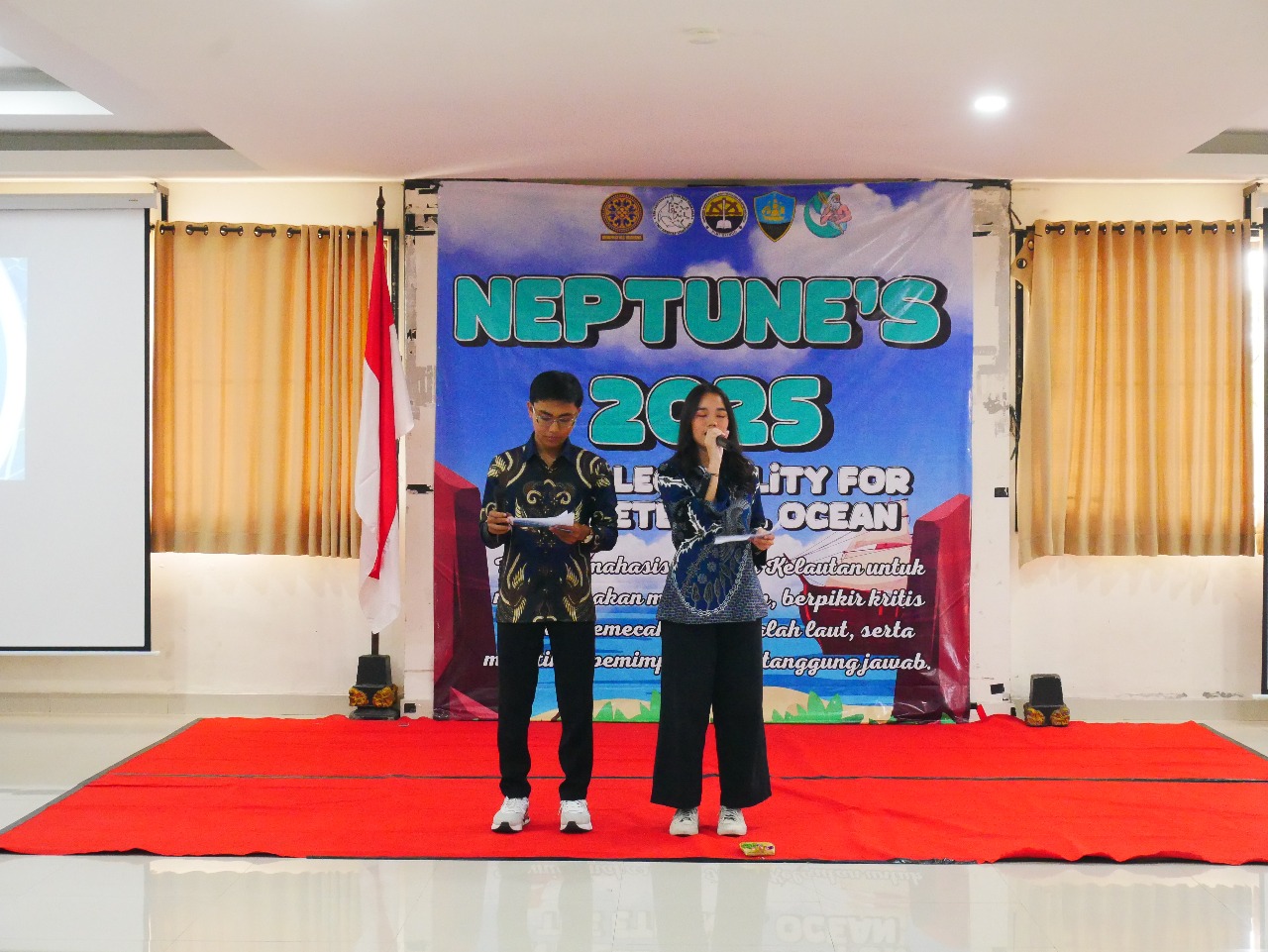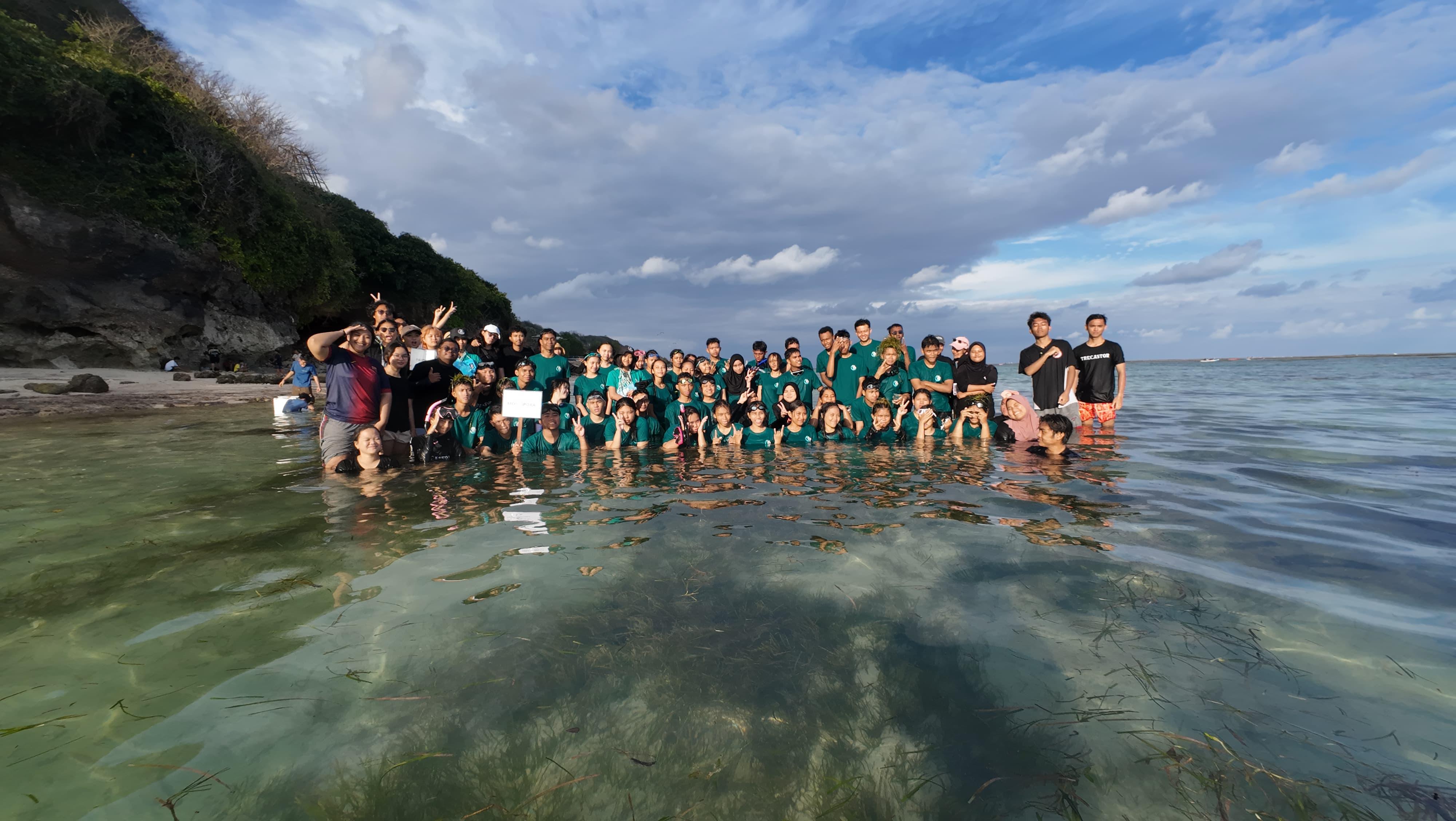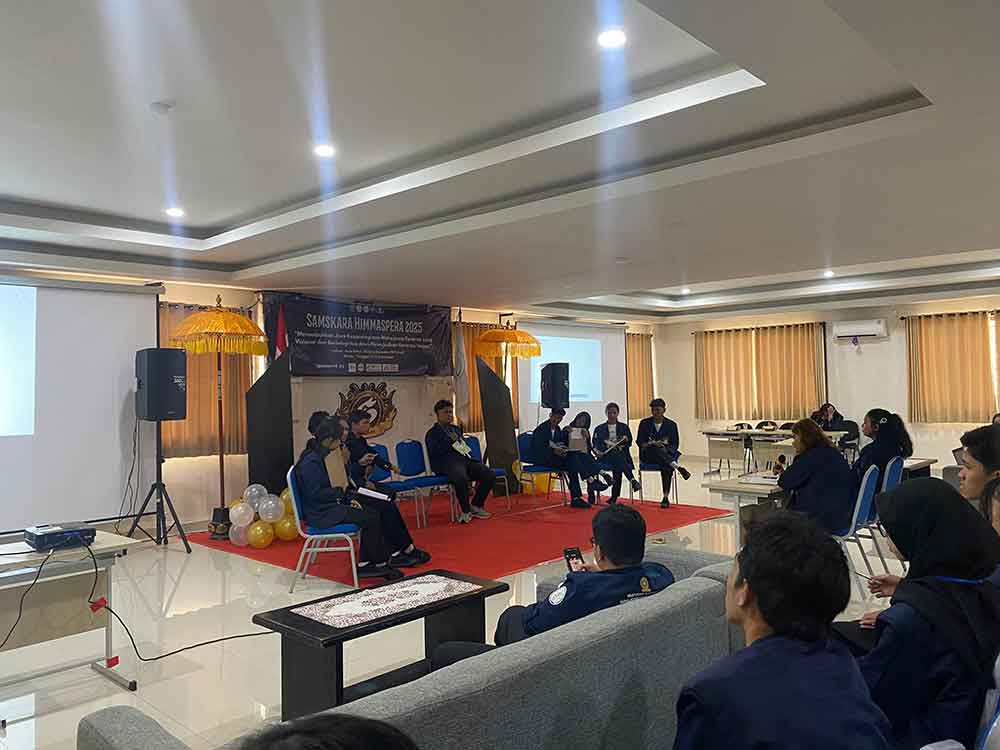Building the Village Economy through Catfish Farming: Outreach and Seed Stocking in the Sembung Village Development Program by FKP UNUD 2024
On a lively afternoon, the catfish farming outreach and seed stocking event, part of the Village Development Program, was successfully held by the Faculty of Marine and Fisheries at Udayana University in Sembung Village, 2024. The event brought together various stakeholders, including the Sembung Village Welfare Head, Kelian Banjar Dinas Dajan Peken Sembung Village, Field Supervising Lecturers, representatives from the Faculty of Marine and Fisheries, and partners from Boga Segara Farm, who supplied catfish seeds and essential supplies. Members of the Sembung Village aquaculture group also participated, receiving hands-on guidance on fish farming techniques.
The program opened with remarks from the Head of the Village Development Program, who highlighted, "This initiative serves as a strategic step toward improving community welfare through sustainable catfish farming." Following this, Field Supervising Lecturer Ni Made Ernawati, S. Kel., M.Si., encouraged participants to master proper catfish farming techniques, stating, "With optimal techniques, we not only achieve maximum results but also contribute to ecosystem sustainability."
The Sembung Village Welfare Head, I Gede Adi Armadana, S.T., expressed his hopes, saying, "This program can be a foundation for successful economic empowerment in the village and serve as a model for other villages to utilize local resources for collective prosperity."
The main session continued with a demonstration on catfish farming, led by Boga Segara Farm’s representative, I Gusti Ngurah Lanang Dauh, S.E., who explained essential techniques for water preparation and seed adaptation. "Water quality is crucial for fish health; high ammonia levels can lead to disease and are noticeable when fish tend to float along the pond's edges," he explained, suggesting partial pond drainage as a practical solution to control ammonia levels.
Mr. Gung Lanang also detailed common catfish diseases, like Whitespot and Remonas, which can be managed by adding salt to the water and probiotics to feed. Addressing yellow disease, often caused by feeds made from chicken intestines, he advised, "Managing water circulation and feed quantity is essential to prevent this disease and keep the pond healthy."
He concluded with an explanation of the benefits of probiotics in catfish feed, which aid digestion and improve nutrient absorption efficiency. "With high protein content, probiotics support optimal growth in catfish," he noted.
This activity aims to equip the Sembung Village aquaculture group with the skills to effectively manage catfish ponds, reduce disease risks, and strengthen the village economy through improved fish production. This collaboration among academia, community, and business partners through the Village Development Program demonstrates how strong synergy can create positive, sustainable impacts on rural community empowerment.




UDAYANA UNIVERSITY